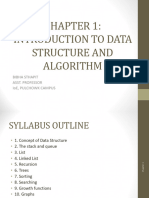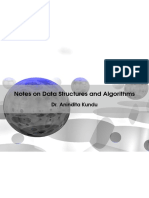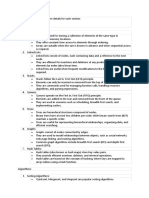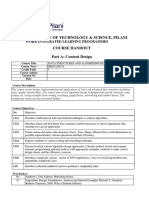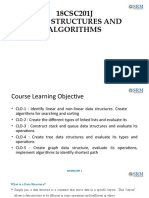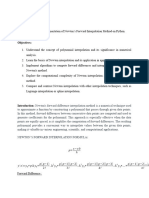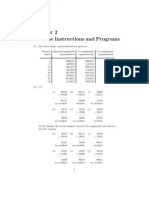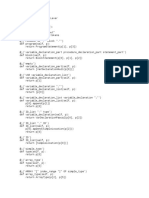0% found this document useful (0 votes)
28 views32 pagesCoe163 01a Review Algorithms
This document provides an overview of basic data structures and algorithms, describing commonly used linear data structures like arrays and linked lists, non-linear structures like trees and graphs, and algorithms for problems involving graph traversal, shortest paths, and sorting. It explains how different data structures are suited for particular types of problems and provides examples of their applications. Key concepts of data structures and algorithms are reviewed to enable solving large real-world computing problems.
Uploaded by
Don Nicolai SalongaCopyright
© © All Rights Reserved
We take content rights seriously. If you suspect this is your content, claim it here.
Available Formats
Download as PDF, TXT or read online on Scribd
0% found this document useful (0 votes)
28 views32 pagesCoe163 01a Review Algorithms
This document provides an overview of basic data structures and algorithms, describing commonly used linear data structures like arrays and linked lists, non-linear structures like trees and graphs, and algorithms for problems involving graph traversal, shortest paths, and sorting. It explains how different data structures are suited for particular types of problems and provides examples of their applications. Key concepts of data structures and algorithms are reviewed to enable solving large real-world computing problems.
Uploaded by
Don Nicolai SalongaCopyright
© © All Rights Reserved
We take content rights seriously. If you suspect this is your content, claim it here.
Available Formats
Download as PDF, TXT or read online on Scribd
/ 32











